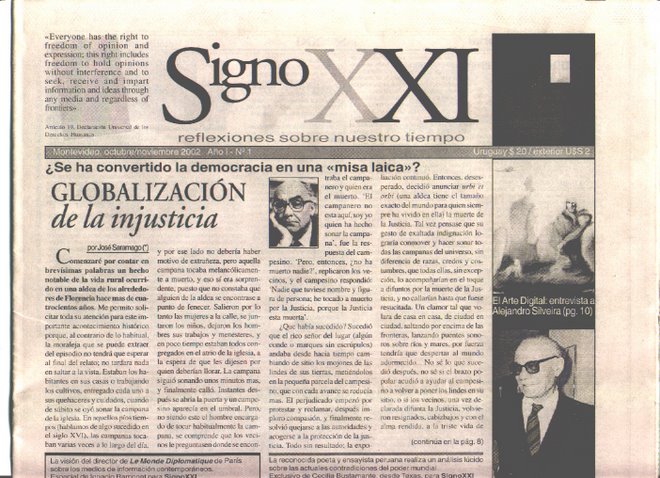The latest projections by the non-partisan research group are higher than government estimates to date and paint a portrait of an America dramatically different from today's.
The projected growth in the U.S. population — 303 million today — will be driven primarily by immigration among all groups except the elderly.
"We're assuming that the rate of immigration will stay roughly constant," says Jeffrey Passel, co-author of the report.
Even if immigration is limited, Hispanics' share of the population will increase because they have higher birth rates than the overall population. That's largely because Hispanic immigrants are younger than the nation's aging baby boom population. By 2030, all 79 million boomers will be at least 65 and the elderly will grow faster than any other age group.
The projections show that by 2050:
•Nearly one in five Americans will have been born outside the USA vs. one in eight in 2005. Sometime between 2020 and 2025, the percentage of foreign-born will surpass the historic peak reached a century ago during the last big immigration wave. New immigrants and their children and grandchildren born in the USA will account for 82% of the population increase from 2005 to 2050.
•Whites who are not Hispanic, now two-thirds of the population, will become a minority when their share drops to 47%. They made up 85% of the population in 1960.
•Hispanics, already the largest minority group, will more than double their share of the population to 29%.
•Blacks will remain 13% of the population. Asians will go to 9% from 5%.
•The gap between the number of working-age people and the children and seniors who depend on them will widen as boomers age. There will be 72 young and elderly for every 100 people of working age by 2050 compared with 59 in 2005. The gap would widen more if immigration slows because immigrants tend to be of working-age, the report said.
The projections are based on detailed assumptions about births, deaths and immigration levels based on recent trends. Those trends can change. For example, a new immigration policy could substantially limit the growth.
"Immigration has long-term consequences on the make-up of the country and the size of the population and we need to take those results in account when we make immigration policy," says Mark Krikorian, executive director of the Center for Immigration Studies, a group that promotes limits on immigration. "Growing our population by 100 million more than we would otherwise is a choice. Immigration is a choice. … It's all up to us."
The ethnic and racial profile of the nation could change because of inter-marriage. It's not clear how the children and grandchildren of multiracial and multi-ethnic unions will identify themselves in the future.
"We've assumed that the definitions and categories that are being used today will continue to be used in the next 50 years," Passel says. "Fifty years ago, we didn't have the definition for the Hispanic population."
Adds Krikorian: "Will that category of who's white be redefined? What is a non-Hispanic white?"
-------------------------------------------------
Ir al Sitio principal Escritos críticos / Ensayos
www.majfud.50megs.com
Reflexiones sobre nuestro tiempo
-------------------------------------------------




No hay comentarios.:
Publicar un comentario